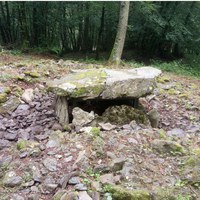3.- Sabua
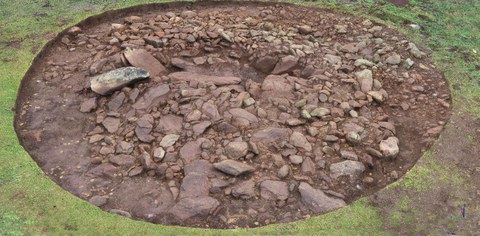
Measurements
Barandiaran calculated that the monument was 11 meters in diameter, but it is quite likely that the outcrop of the burial mound was also included. According to the excavation that was carried out, the tumulus has a diameter of 6 metres and a height of 0.5 metres.
Research
It was discovered by J.M. Barandiaran in 1920, but no excavation was carried out. Later it was not possible to identify which of the raised land areas corresponded to the tumulus described by Barandiaran. In 2017, J. Tapia carried out some archaeological surveys and located a small tumulus, which according to him, may be the one mentioned by Barandiarán. The structure has been published in several research papers: Aranzadi, Barandiaran and Eguren (1922), J. M. Barandiaran (1953), J. Elósegui (1953), Archaeological Maps of Gipuzkoa (1982, 1990), J. M. Apellániz (1973).
Findings
Only part of the tumulus was excavated and no archaeological material was recovered.
- Type
- Tumulua
- Date
- Bronze Age (2,000-1,500 B.C.)
- Town
- Elgoibar - Soraluze
- Location
Between Atxolin and Idoia, in a flat area located to the northwest of Atxolin.
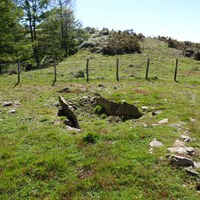
1.- Gizaburuaga
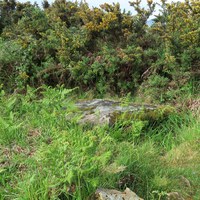
2.- Idoia (Iruia)
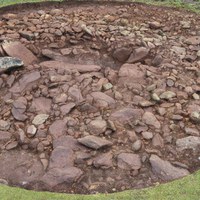
3.- Sabua
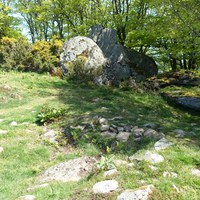
4.- Atxolin
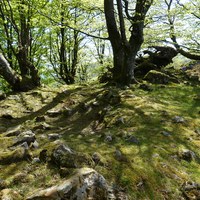
5.- Atxolintxiki I
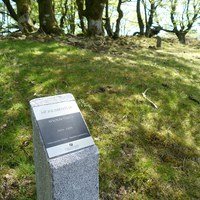
6.- Atxolintxiki II
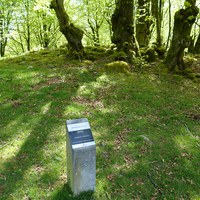
7.- Azkoin
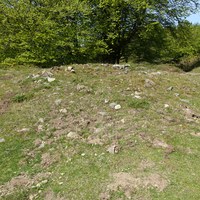
8.- Pagobedeinkatua
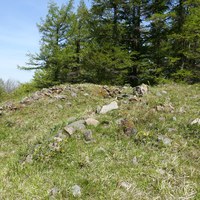
9.- Nasikogoena
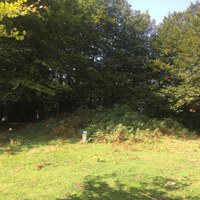
10.- Kurutzebakar
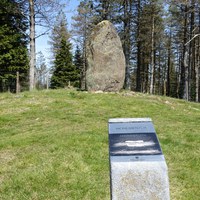
11.- Arribiribilleta
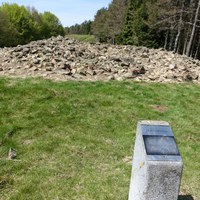
12.- Irukurutzeta
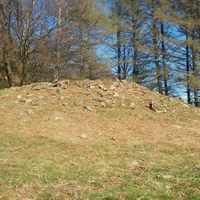
13.- Aizpuruko zabala
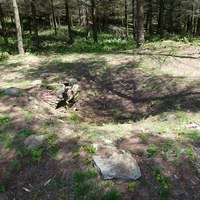
14.- Kerexeta
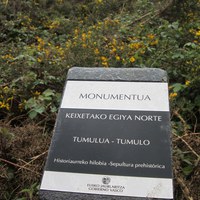
15.- Kerexetaegia Iparrekoa
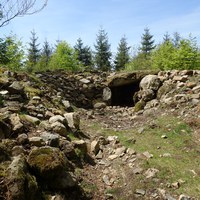
16.- Kerexetaegia Hegokoa
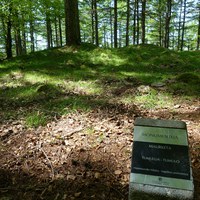
17.- Maurketa
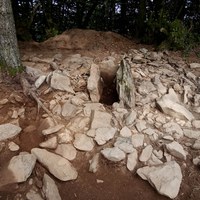
18.- Frantsesbasoa
